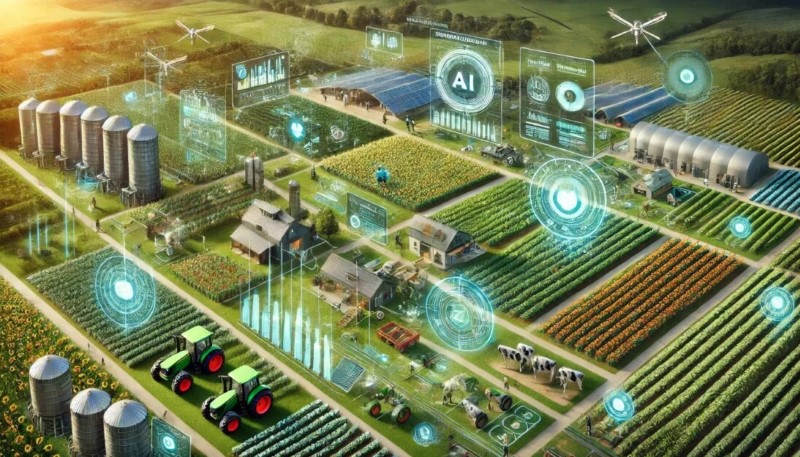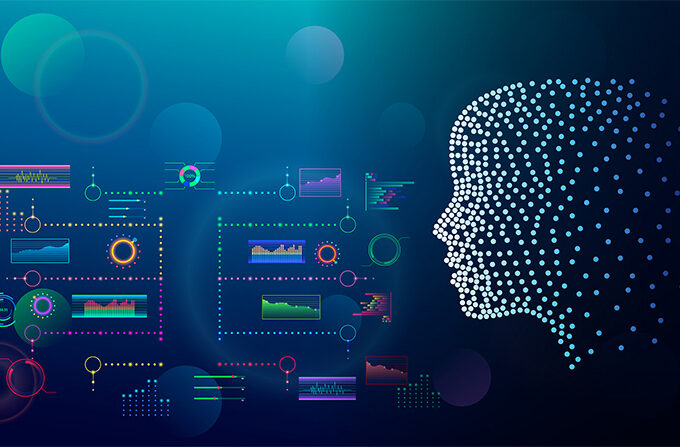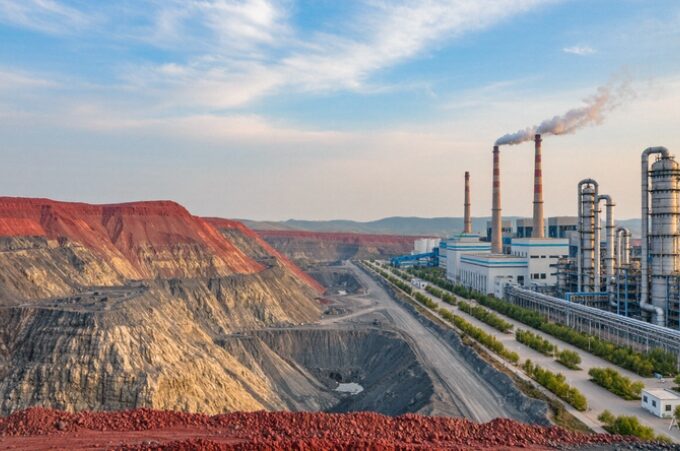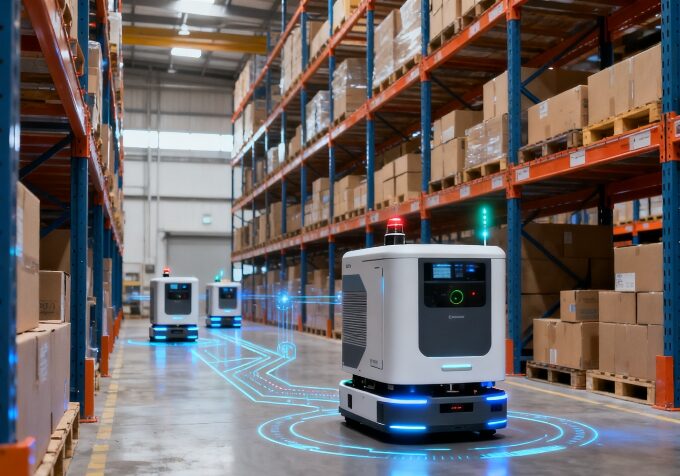In the age of digital transformation, agriculture is no longer just about soil, water and sunlight. With the advent of generative AI, agriculture is becoming smarter, more efficient, and increasingly data-driven. From predicting crop yields with unprecedented accuracy to developing disease-resistant crop varieties, generative AI is enabling farmers to make precise decisions that optimize yields and resource use. This paper examines how generative AI is transforming agriculture, exploring its impact on traditional farming practices and its future potential.
Understanding Generative Artificial Intelligence
Generative AI is a type of artificial intelligence designed to generate new content (whether text, images, or predictive models) based on patterns and examples learned from existing data. Unlike traditional AI that focuses on recognizing patterns or making predictions, generative AI creates raw outputs that closely resemble training data. This makes it a powerful tool for enhancing decision-making capabilities and driving innovation. A key feature of generative AI is the ease of building AI applications without much labeled training data. This feature is particularly useful in areas such as agriculture, where access to labeled training data can be challenging and costly.
The development of generative AI models involves two main steps: pre-training and fine-tuning. In the pre-training phase, the model is trained on a large amount of data to learn general patterns. This process builds a “base” model with extensive and versatile knowledge. In the second phase, the pre-trained model is fine-tuned to accomplish a specific task by training on a smaller, more focused dataset relevant to the intended application, such as detecting crop diseases. These targeted uses of generative AI are referred to as downstream applications. This approach allows models to efficiently perform specialized tasks while leveraging the broad understanding gained during pre-training.
How Generative AI is transforming agriculture?
In this section, we explore various downstream applications of generative AI in agriculture.
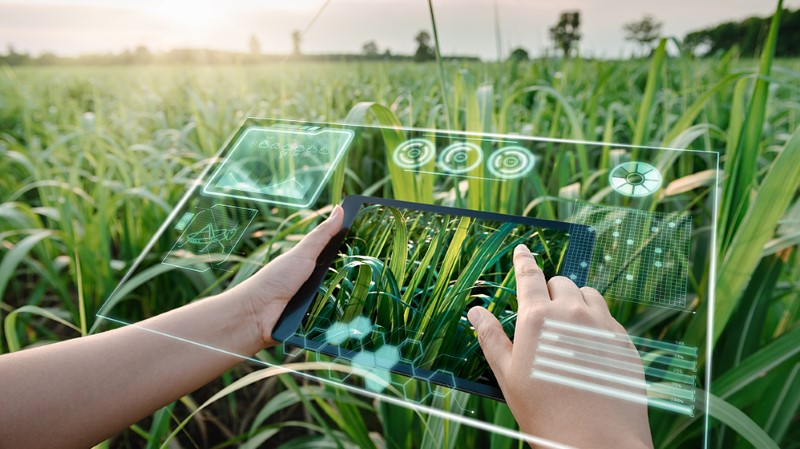
- Generative AI as an agronomist assistant: One of the persistent problems in agriculture is the lack of qualified agronomists who can provide expert advice on crop production and protection. To address this challenge, Generative AI can act as an agronomist’s assistant, providing farmers with instant expert advice via chatbots. In this context, Microsoft recently launched a According to a study that evaluated the performance of generative AI models such as GPT-4 on agriculture-related questions on certification exams in Brazil, India, and the United States. The results were encouraging, suggesting that GPT-4 is able to handle domain-specific knowledge effectively. However, adapting these models to local specialized data remains a challenge. Microsoft Research tested two approaches – fine-tuning, which trains models on specific data, and retrieval-augmented generation (RAG), which enhances responses by retrieving relevant documents and reporting on these relative strengths.
- Generative AI to address data scarcity in agriculture: Another key challenge in applying AI to agriculture is the lack of labeled training data, which is critical for building effective models. Labeling data can be a labor-intensive and costly task in agriculture, and generative AI offers This is a promising way forward. Generative AI stands out for its ability to process large amounts of unlabeled historical data and learn general patterns, which allows it to make accurate predictions using only a small number of labeled examples. In addition, it can create comprehensive training data to help fill gaps where data is scarce. By addressing these data challenges, generative AI improves the performance of AI in agriculture.
- Precision farming: Generative AI is transforming precision farming by analyzing data from sources such as satellite imagery, soil sensors and weather forecasts. It helps predict crop yields, automate fruit harvesting, manage livestock and optimize irrigation. These insights enable farmers to make better decisions to improve crop health and yields while utilizing resources more efficiently. This approach not only increases productivity, but also supports sustainable agriculture by reducing waste and environmental impact.
- Generative AI for disease detection: Timely detection of pests, diseases and nutritional deficiencies is critical to protecting crops and minimizing losses. Generative AI uses advanced image recognition and pattern analysis to recognize early signs of these problems. By detecting problems early, farmers can take targeted measures to reduce the need for broad-spectrum pesticides and minimize environmental impact. The combination of artificial intelligence and agriculture improves sustainability and productivity.
How to maximize the impact of Generative AI in agriculture
While current applications suggest that generative AI has potential in agriculture, to take full advantage of this technology, specialized generative AI models need to be developed for the field. These models can better understand the nuances of agriculture than generalized models, resulting in more accurate and useful results. They can also adapt more effectively to different farming practices and conditions. However, the creation of these models requires collecting a lot of different agricultural data (e.g., crop and pest images, weather data, and insect sounds) and experimenting with different pre-training methods. Although progress is being made, a lot of work still needs to be done to build effective generative AI models for agriculture. Some potential use cases of generative AI for agriculture are mentioned below.
Potential use cases
Generative AI models specialized for agriculture could lead to many new opportunities for the field. Some key use cases include:
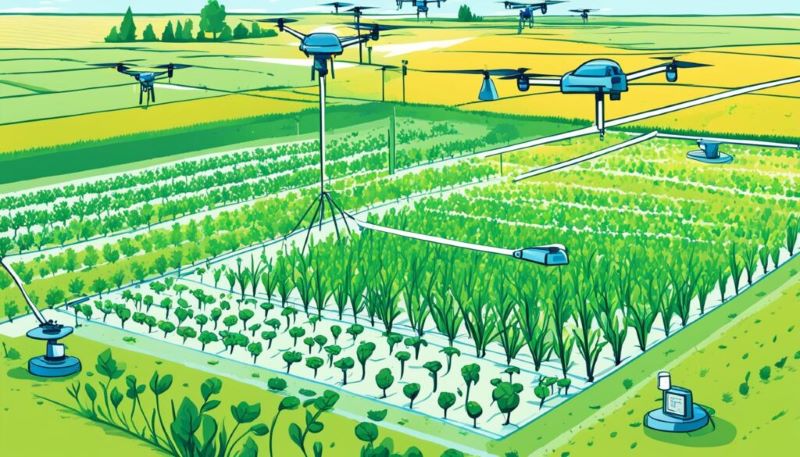
- Smart crop management: In agriculture smart crop management is a growing field that integrates artificial intelligence, IoT and big data to enhance tasks such as plant growth monitoring, disease detection, yield monitoring and harvesting. Developing precision crop management algorithms is challenging due to the variety of crop types, environmental variables, and limited datasets, and often requires the integration of various data sources such as satellite imagery, soil sensors, and market trends. Generative AI models trained on a wide range of multidomain datasets offer a promising solution as they can be fine-tuned for various applications with minimal examples. In addition, multimodal generative AI integrates visual, textual, and sometimes auditory data, providing a comprehensive analytical approach that is valuable for understanding complex agricultural situations, especially in precision crop management.
- Automated creation of crop varieties: Specialized Generative AI Can Transform Crop Breeding Create new plant varieties by exploring gene combinations. By analyzing data on traits such as drought resistance and growth rate, AI can generate innovative genetic blueprints and predict how they will perform in different environments. This helps to quickly identify promising gene combinations, guide breeding programs and accelerate the development of optimized crops. This approach helps farmers adapt more effectively to changing conditions and market demands.
- Smart livestock farming: Smart livestock farming utilizes the Internet of Things (IoT), Artificial Intelligence (AI) and advanced control technologies to automate essential tasks such as food and water supply, egg collection, activity monitoring and environmental management. This approach aims to increase efficiency and reduce labor, maintenance and material costs. The field is challenged by the need for expertise across multiple domains and labor-intensive work. Generative AI can Address address these challenges by integrating extensive multi-modal data and cross-domain knowledge to help streamline decision-making and automate livestock management.
- Agricultural robots: Agricultural robots are transforming modern agriculture by automating tasks such as planting, weeding, harvesting and monitoring crop health. Artificial intelligence-guided robots can accurately remove weeds, while drones equipped with advanced sensors can detect diseases and pests ahead of time to minimize yield losses. Developing these robots requires expertise in robotics, AI, plant science, environmental science, and data analytics to process complex data from a variety of sources. Generative AI offers promising solutions to automate various tasks of agricultural robots by providing advanced vision, prediction and control capabilities.
Conclusion
Generative AI is reinventing agriculture with smarter, data-driven solutions that improve efficiency and sustainability. By enhancing crop yield prediction, disease detection, and crop breeding, this technology is transforming traditional agricultural practices. While current applications are promising, the real potential lies in developing AI models specifically tailored to the unique needs of agriculture. As we refine these models and integrate a variety of data, we can unlock new opportunities to help farmers optimize their practices and better meet the challenges of modern agriculture.


